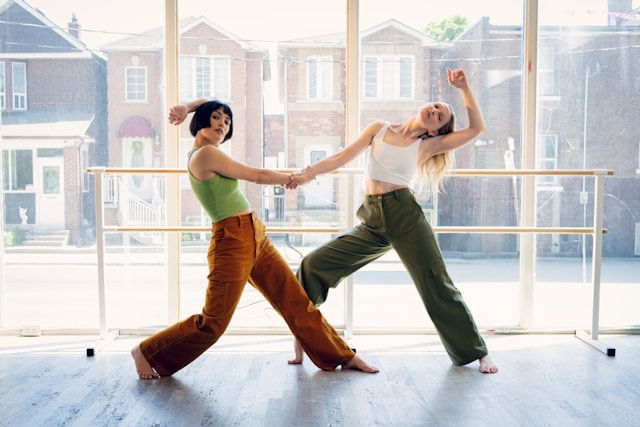Beyond the Five Senses and How Dance Fuels Neuroplasticity
- Brainz Magazine

- Aug 18
- 2 min read
Dr. Udim Isang, DPT, EdD, Mbia Idiong, is an award-winning educator, physical therapist, and activist specializing in indigenous healing practices, implicit bias in healthcare, and integrative wellness through movement and mindfulness.

For generations, we’ve been taught that humans have five senses: sight, hearing, taste, smell, and touch. While these are essential, modern neuroscience has expanded this list to include several additional senses.

Balance (vestibular sense): Controlled by the inner ear, it keeps us stable while moving.
Proprioception: The awareness of where our body parts are in space without looking.
Interoception: The perception of internal bodily states, such as heartbeat, hunger, and breathing.
Thermoception: Sensing temperature.
Nociception: Sensing pain.
When combined, these senses form a complex network of perception, all processed by the brain in real time.
Dance as a sensory integrator
Dance engages nearly all senses at once:
Visual and auditory cues align with rhythm and spatial awareness.
Vestibular and proprioceptive systems coordinate balance and movement.
Interoception helps dancers regulate breath and energy output.
Touch and temperature perception ground the body in its environment.
This multisensory activation challenges the nervous system to integrate information more efficiently, a process directly tied to neuroplasticity, the brain’s ability to reorganize and create new neural connections.
The neuroplasticity connection
Research shows that learning new movements stimulates both motor and sensory areas of the brain, enhancing coordination, memory, and adaptability. Over time, dance can:
Improve spatial awareness.
Strengthen working memory.
Enhance emotional regulation.
Support recovery from injury or neurological conditions by retraining sensory pathways.
Cultural and healing perspectives
In many Indigenous cultures, dance is more than performance; it’s a healing modality, a communal ritual, and a form of storytelling. Modern science affirms these traditions, demonstrating how engaging multiple senses through intentional movement supports emotional and physical resilience.
A practical invitation
To experience this sensory integration firsthand:
Choose a piece of music you enjoy.
Close your eyes for the first few moments to focus on hearing and proprioception.
Gradually open your eyes and integrate visual cues.
Pay attention to your breath, heartbeat, and body temperature as you move.
This deliberate engagement of multiple senses not only deepens the dance experience but also strengthens the brain’s ability to adapt, proving that movement is both an art form and a neurological training ground.
Read more from Dr. Udim Isang
Dr. Udim Isang, The (Em)Body Doctor & Nigerian Healer
Dr. Udim Isang, DPT, EdD, Mbia Idiong, is a Doctor of Physical Therapy and Executive Leadership Educator passionate about indigenous healing, mindfulness, and movement therapy. As a queer, trans, immigrant, and neuro-distinct individual, they/they/it/we advocate for bridging healthcare equity and inclusive wellness practices. Learn more about their transformative work integrating mind, body, and spirit at the intersections of identity and healing.









